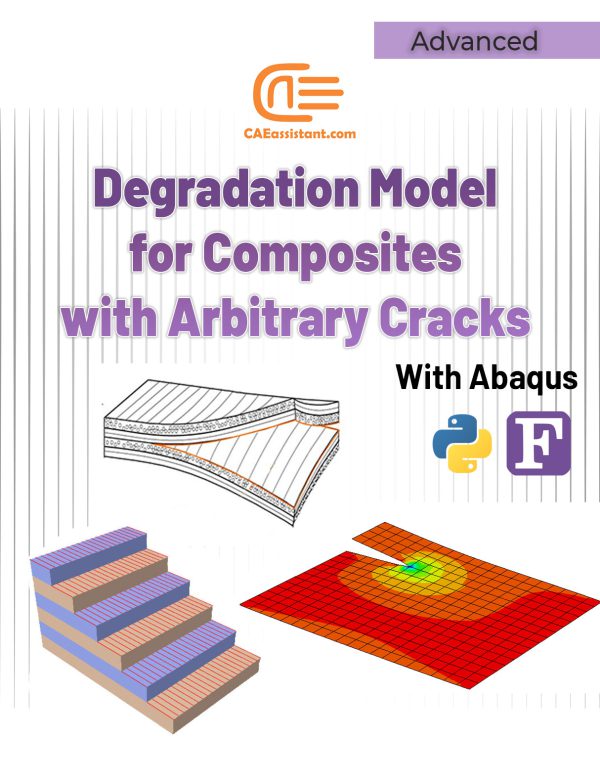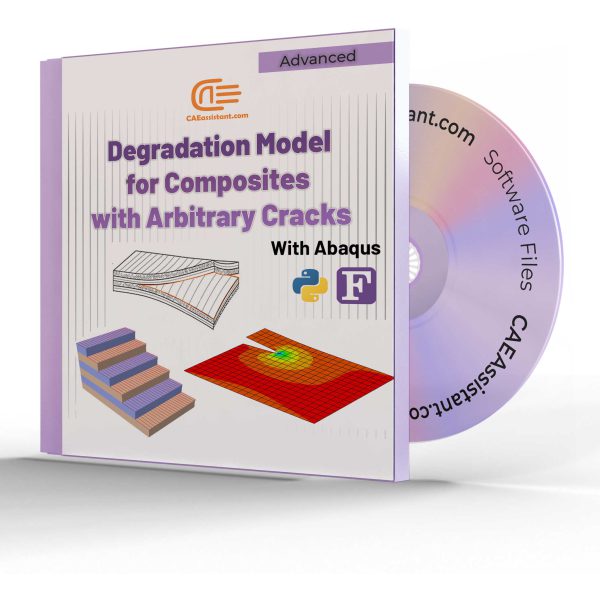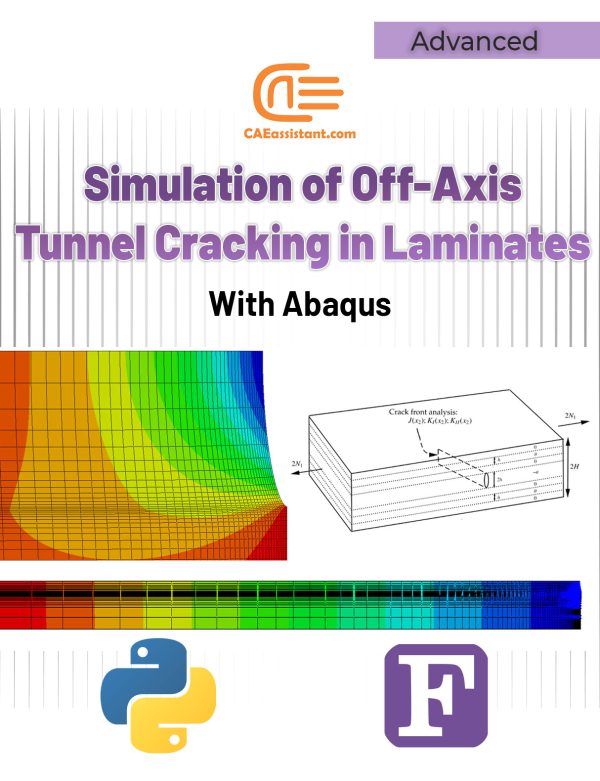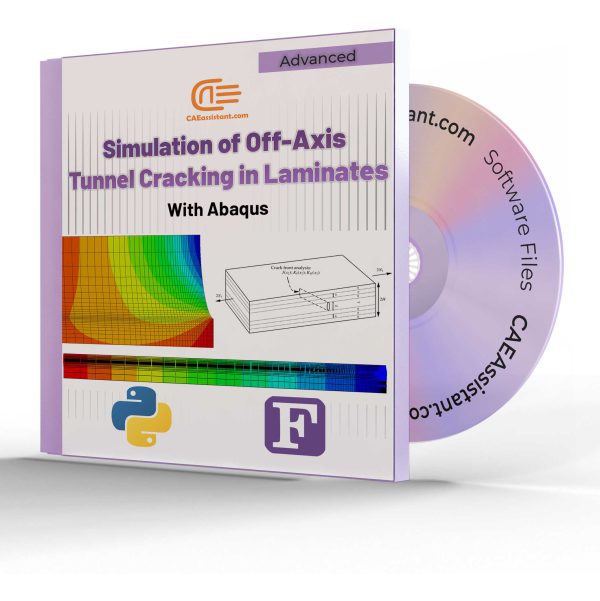——————————————————————————————————————————–
| At CAEAssistant.com, we collaborate with a distinguished group of researchers who bring a wealth of academic and industry experience to our platform. These experts are not only leading voices in their respective fields but also active contributors to cutting-edge research, with numerous ISI-indexed publications and industry-relevant projects under their belts. Their deep expertise in areas such as finite element analysis, composite materials, and advanced simulation techniques ensures that the courses they create are both academically rigorous and practically valuable. By learning from these accomplished professionals, our students gain access to the latest knowledge and insights, empowering them to excel in their careers and research endeavors. |




